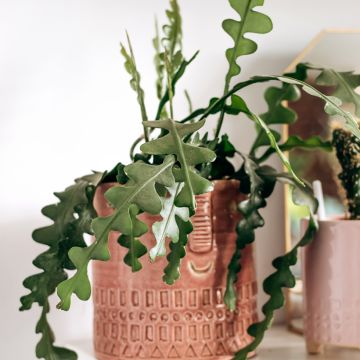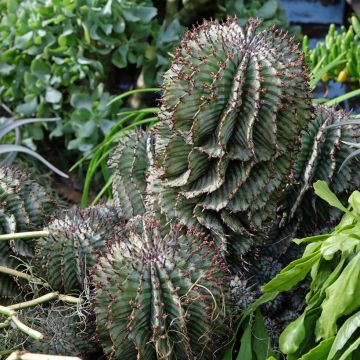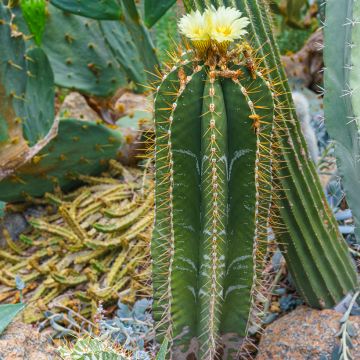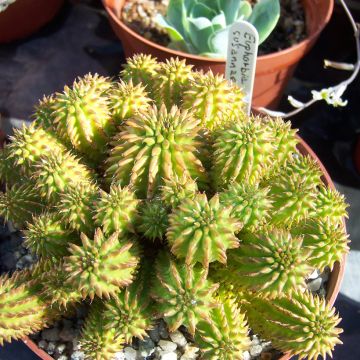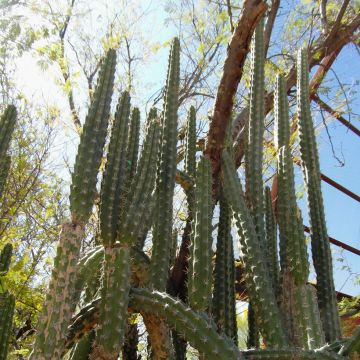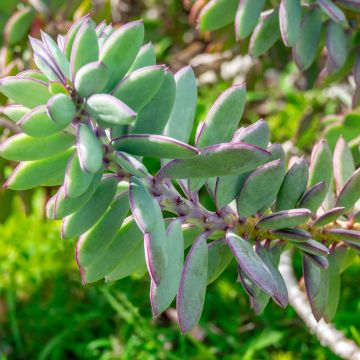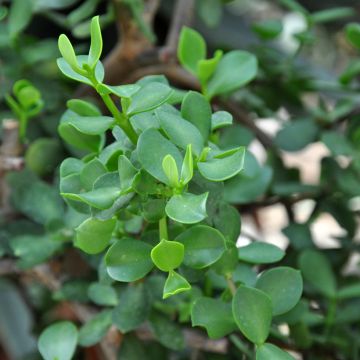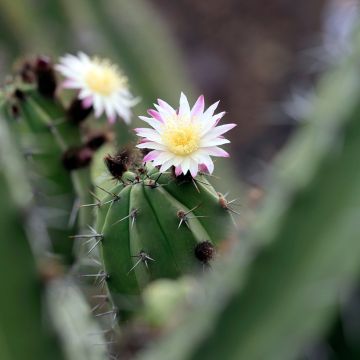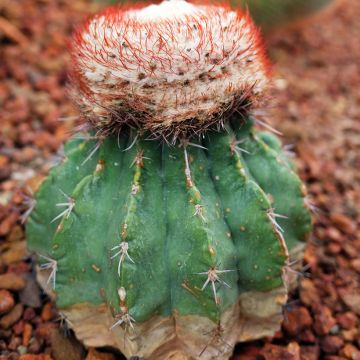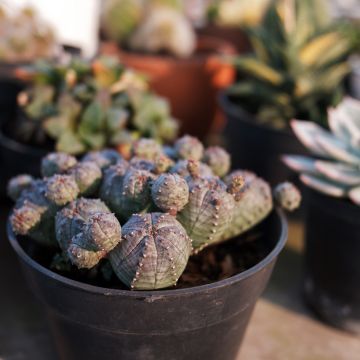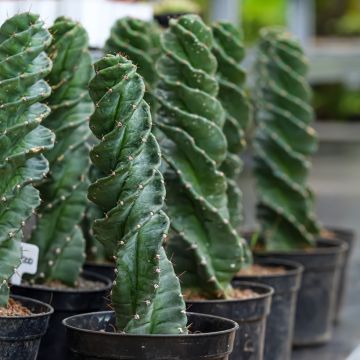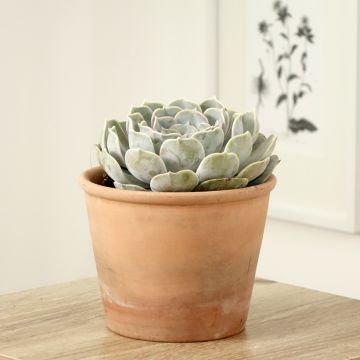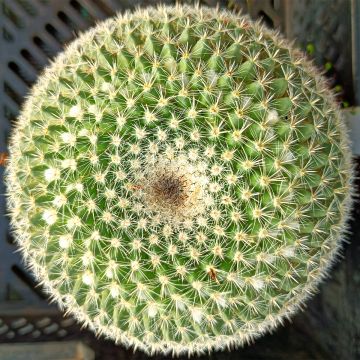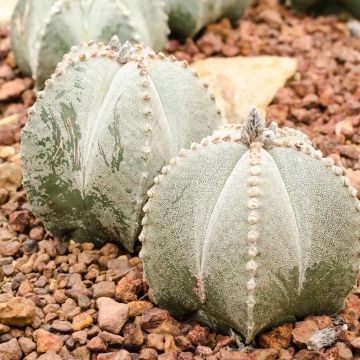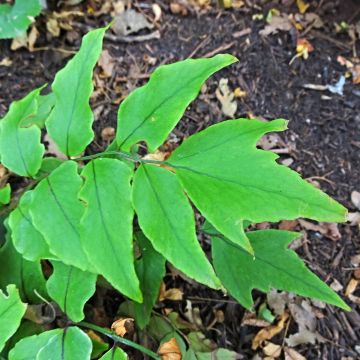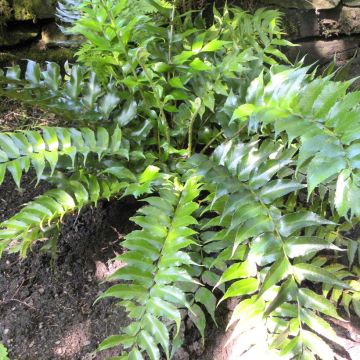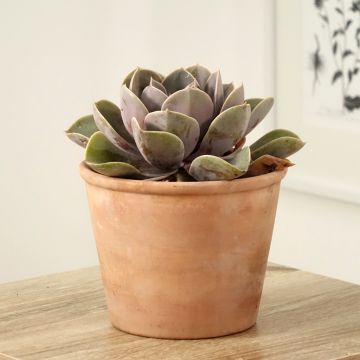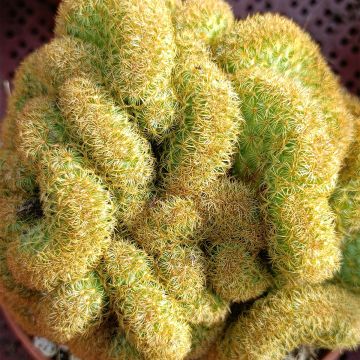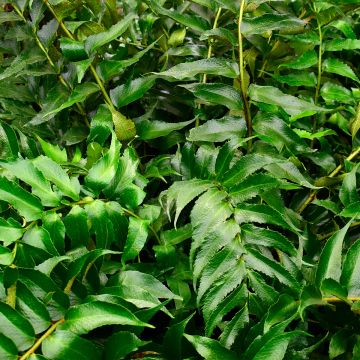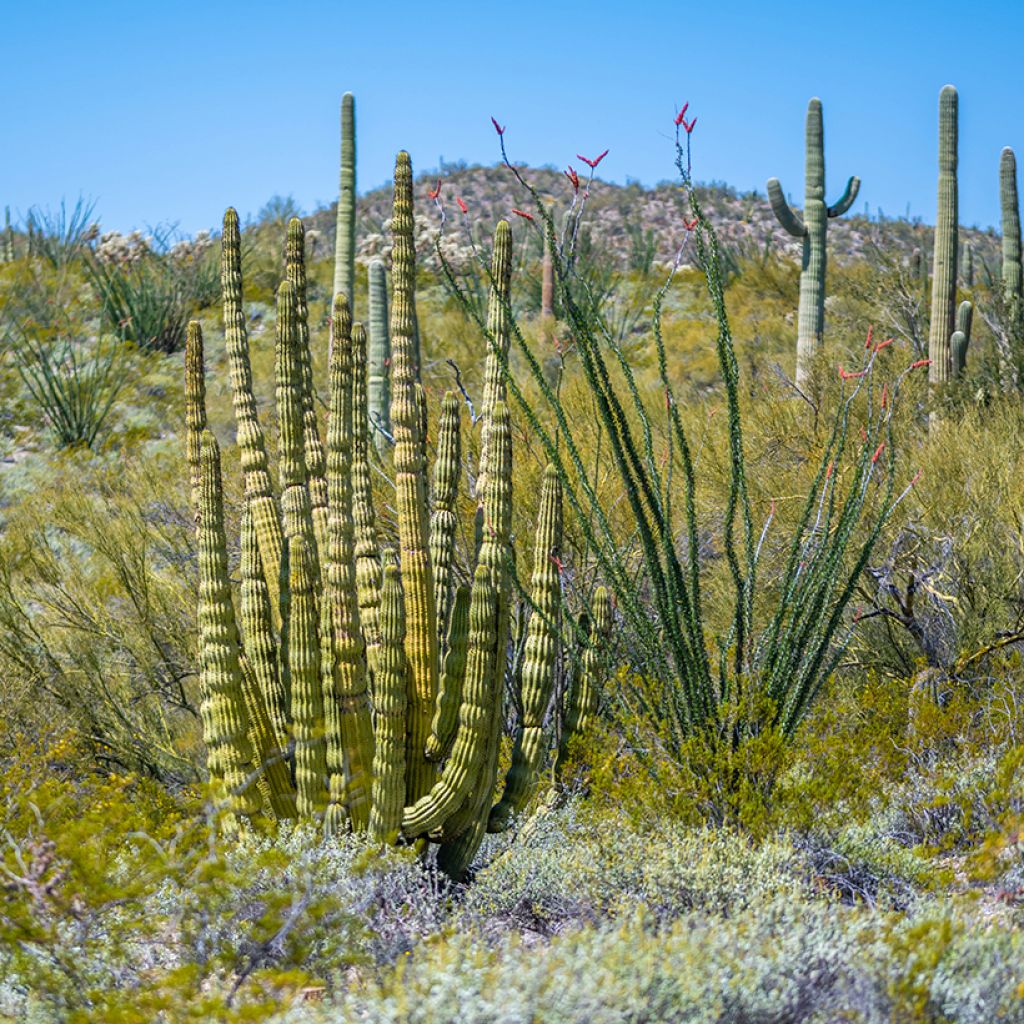

Stenocereus thurberi - Organ pipe cactus
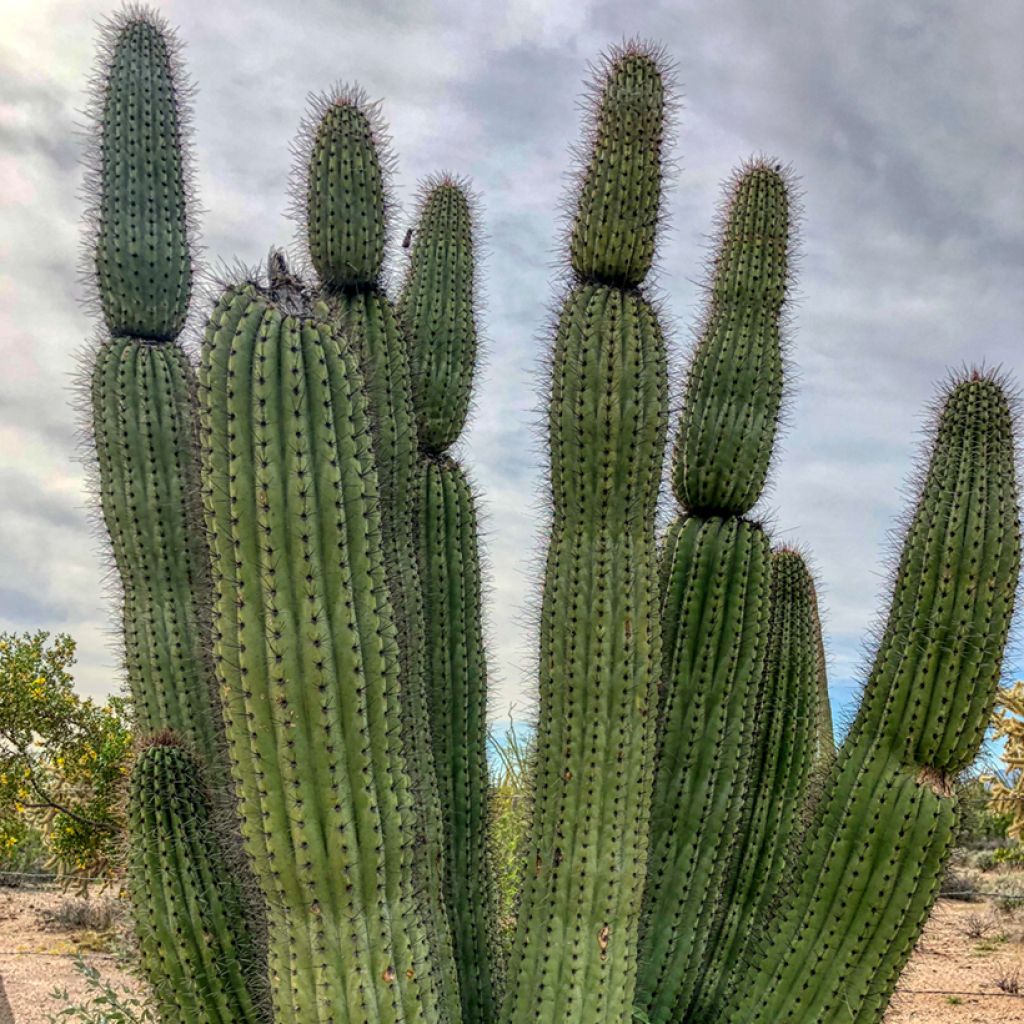

Stenocereus thurberi - Organ pipe cactus
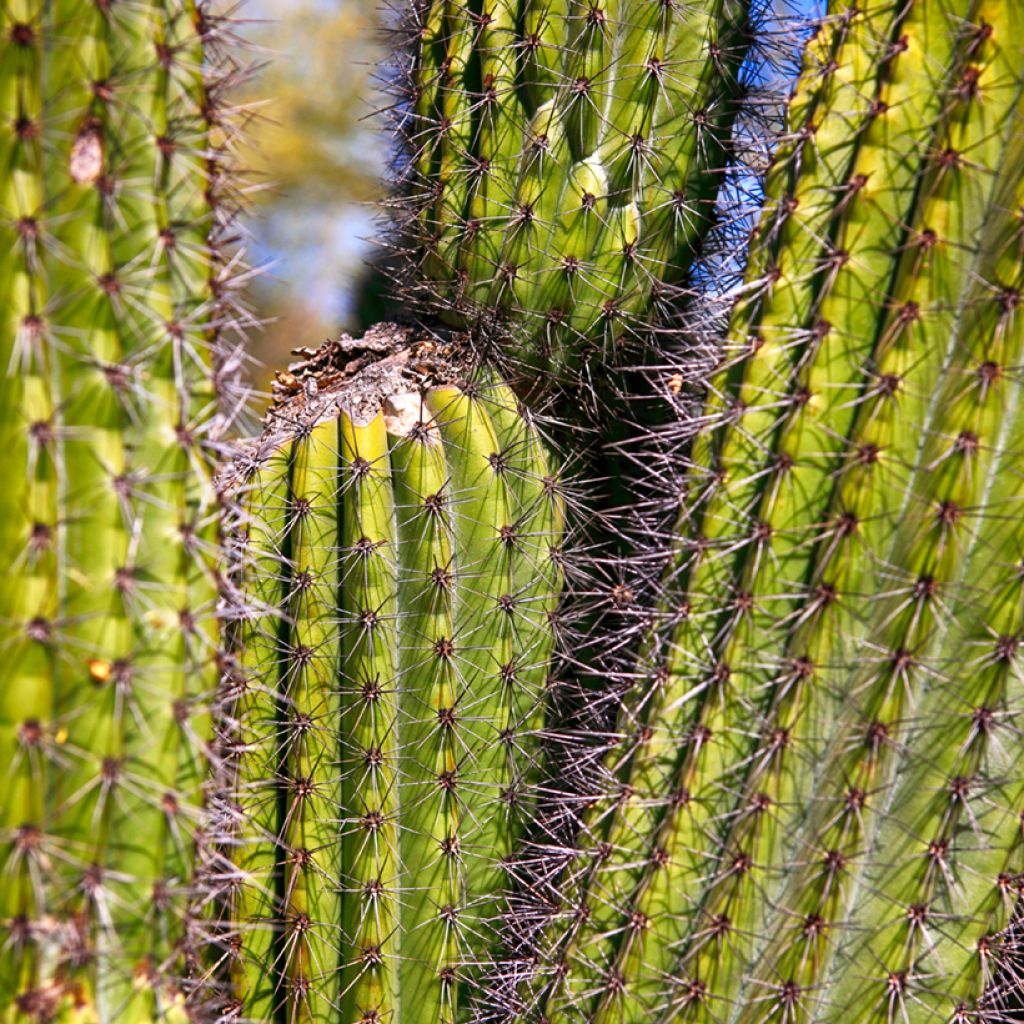

Stenocereus thurberi - Organ pipe cactus
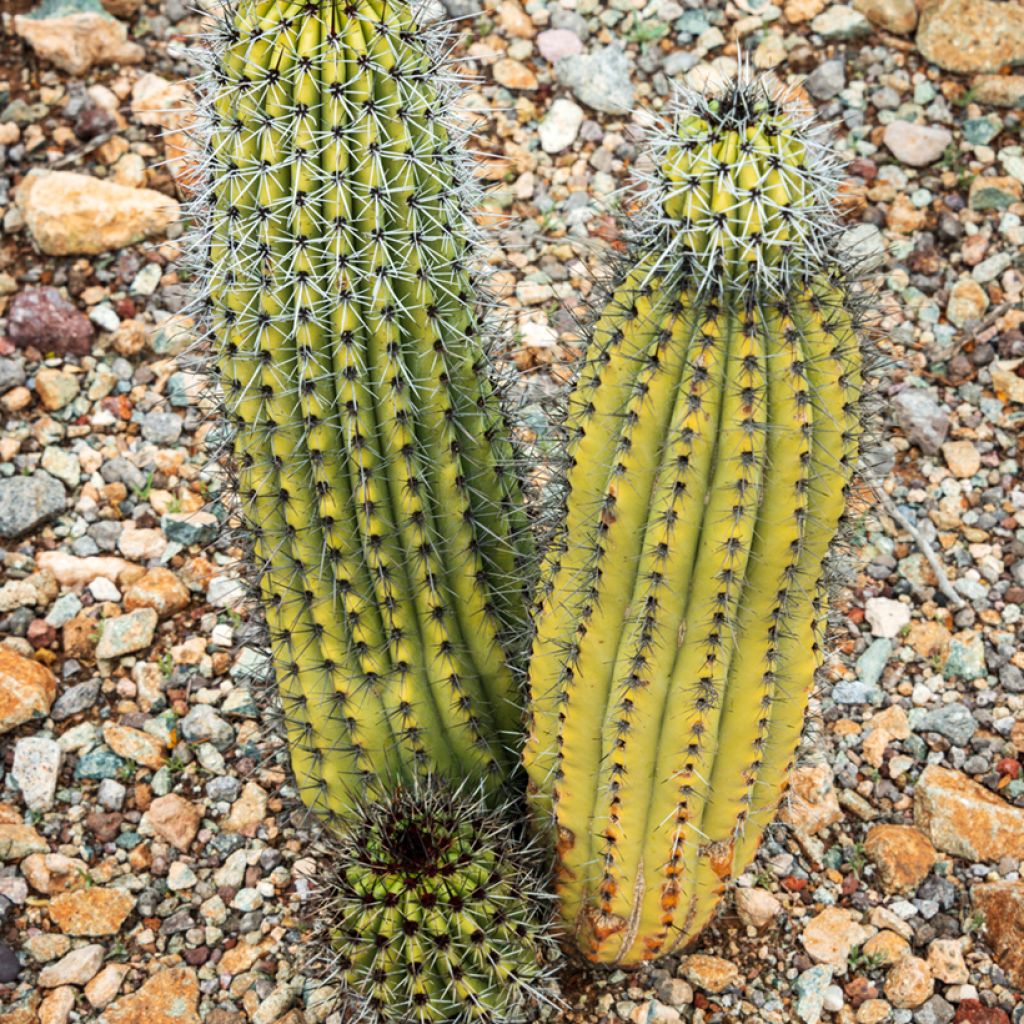

Stenocereus thurberi - Organ pipe cactus
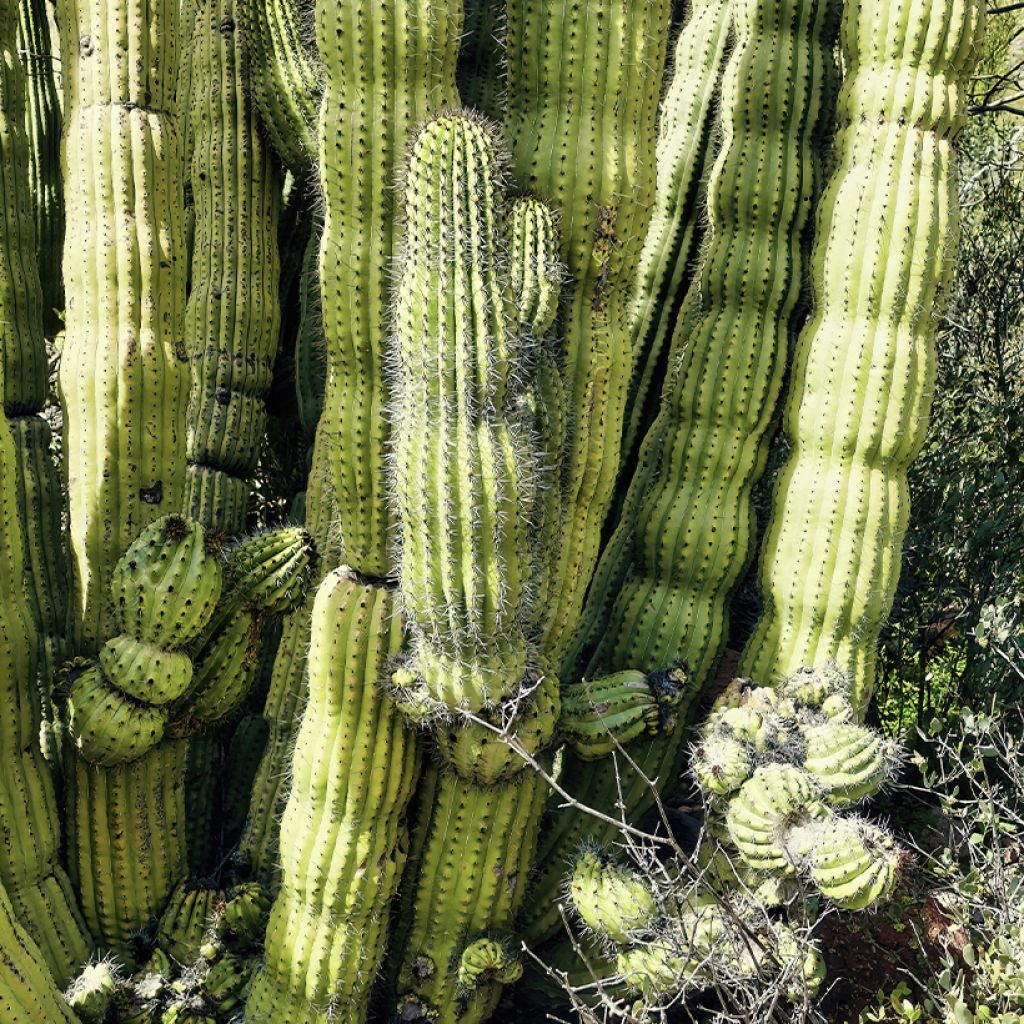

Stenocereus thurberi - Organ pipe cactus
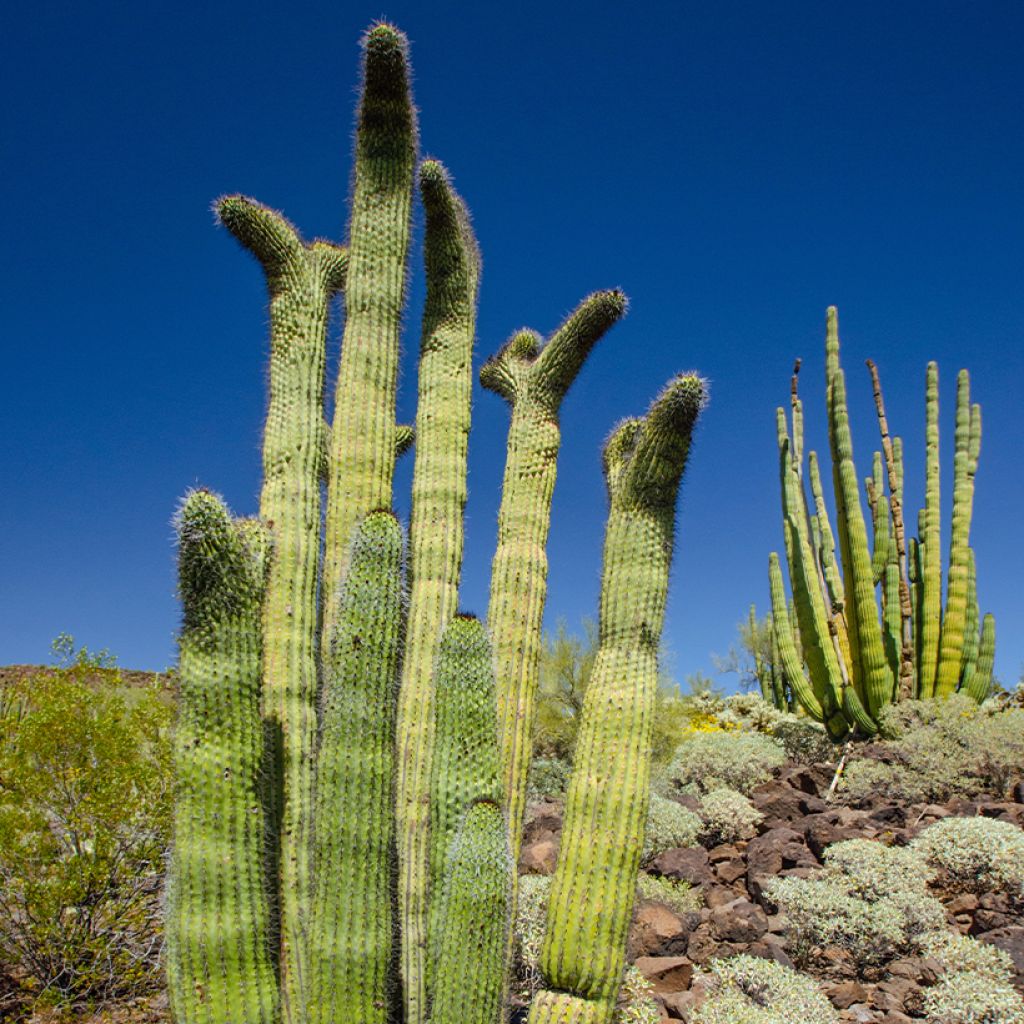

Stenocereus thurberi - Organ pipe cactus
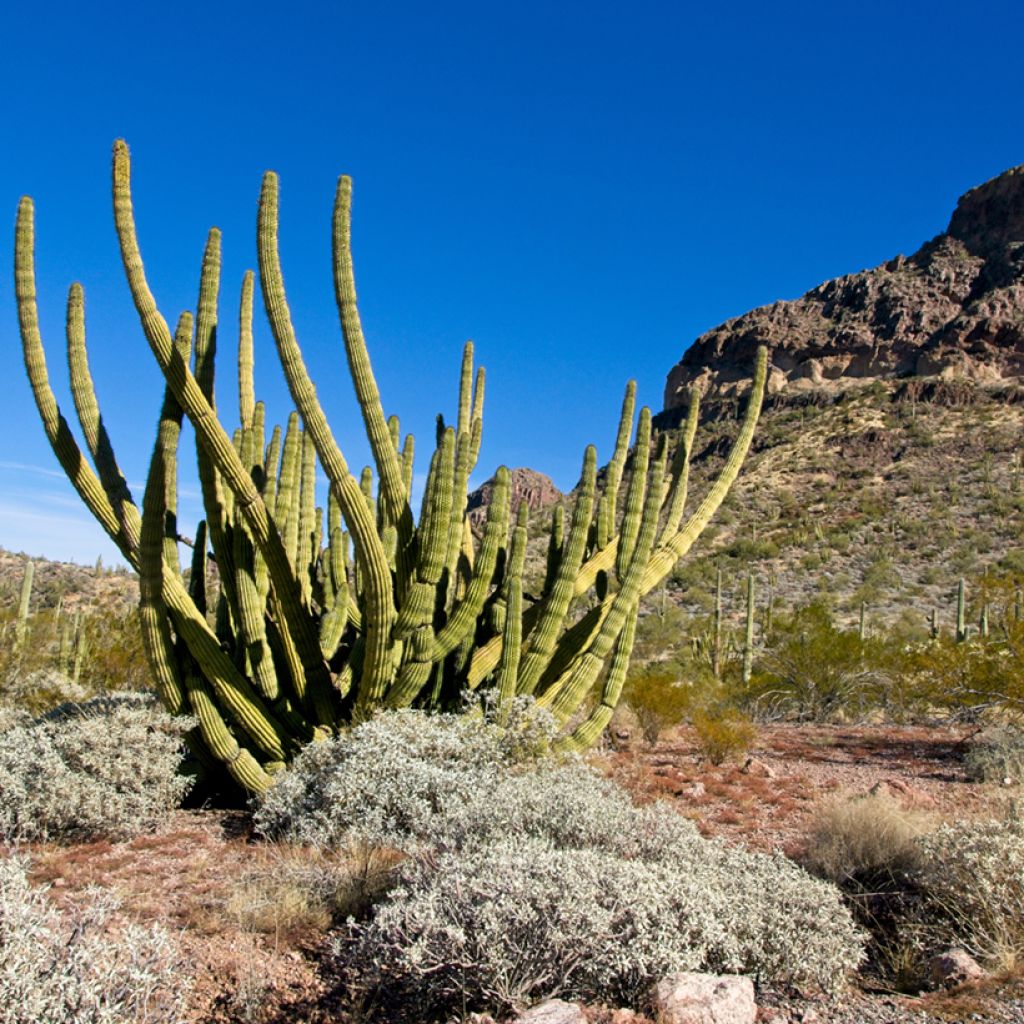

Stenocereus thurberi - Organ pipe cactus
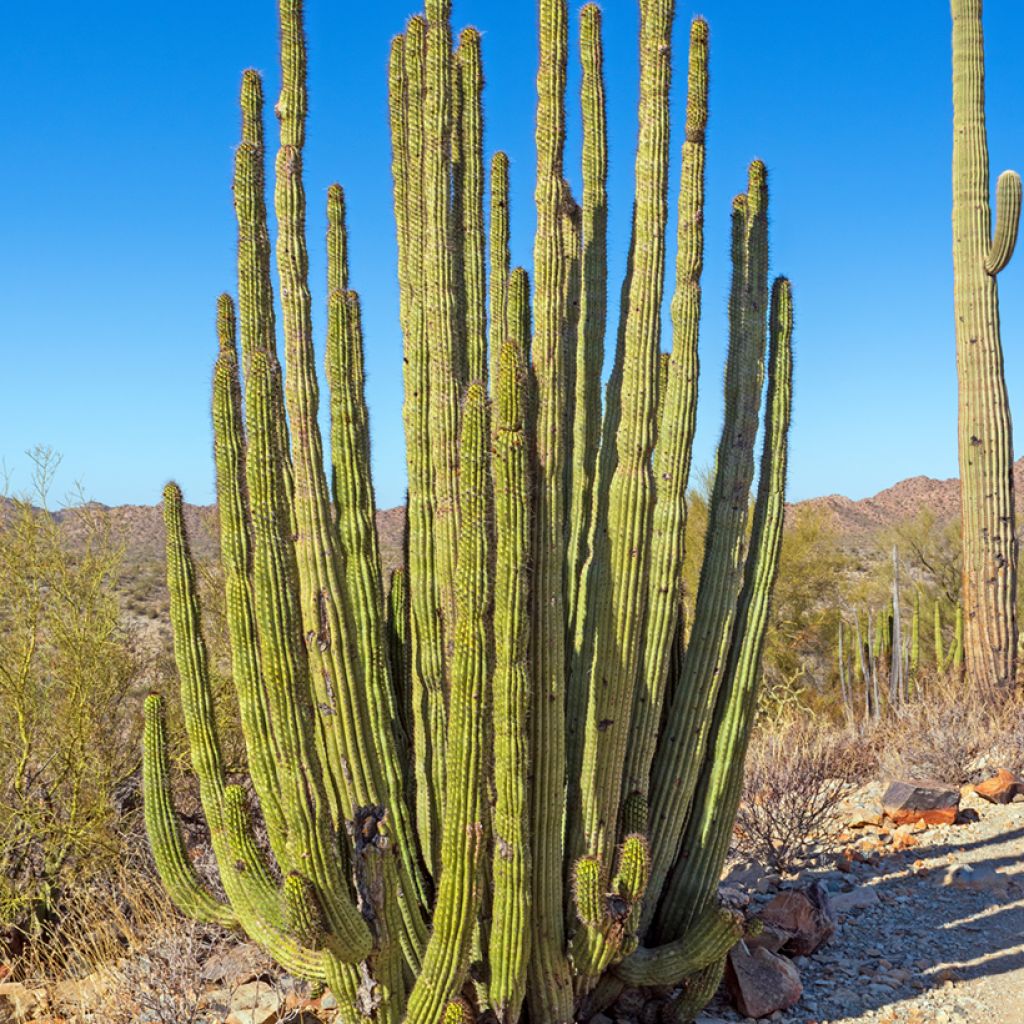

Stenocereus thurberi - Organ pipe cactus
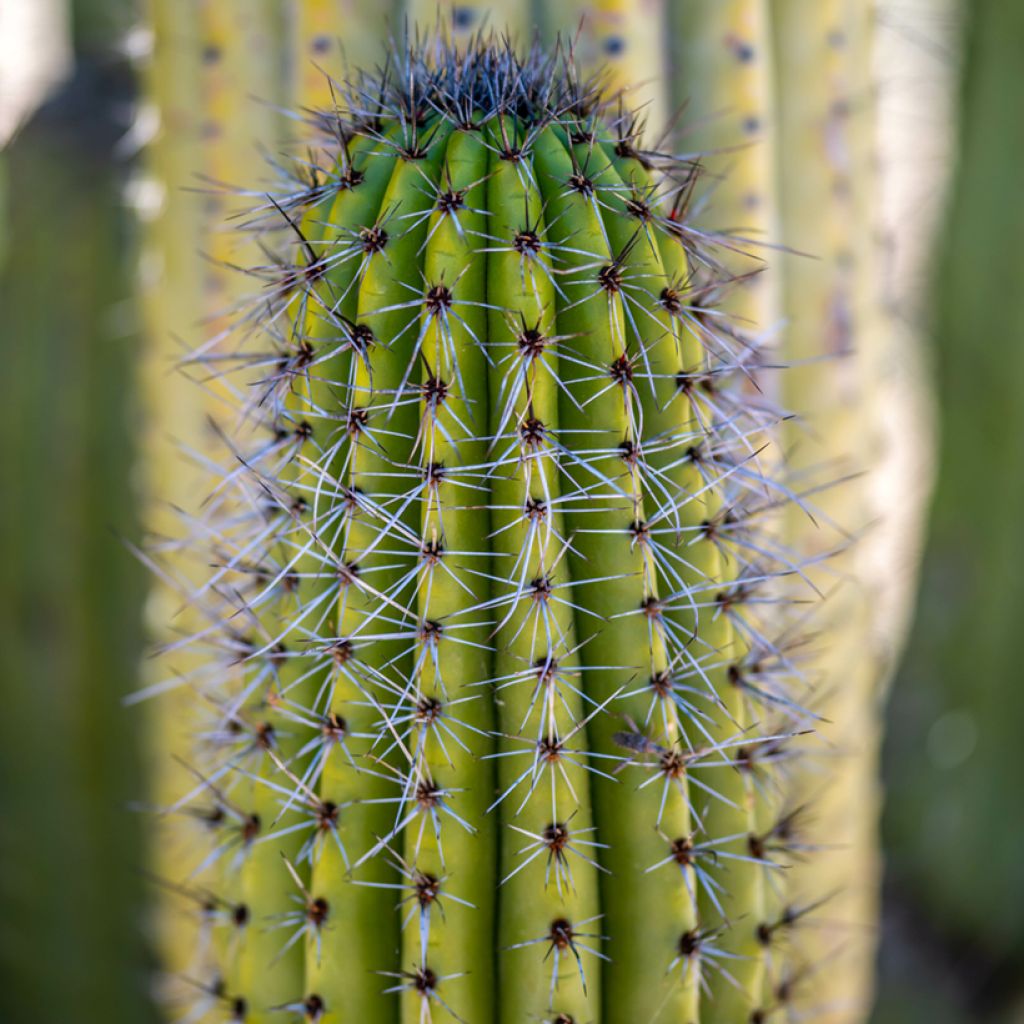

Stenocereus thurberi - Organ pipe cactus
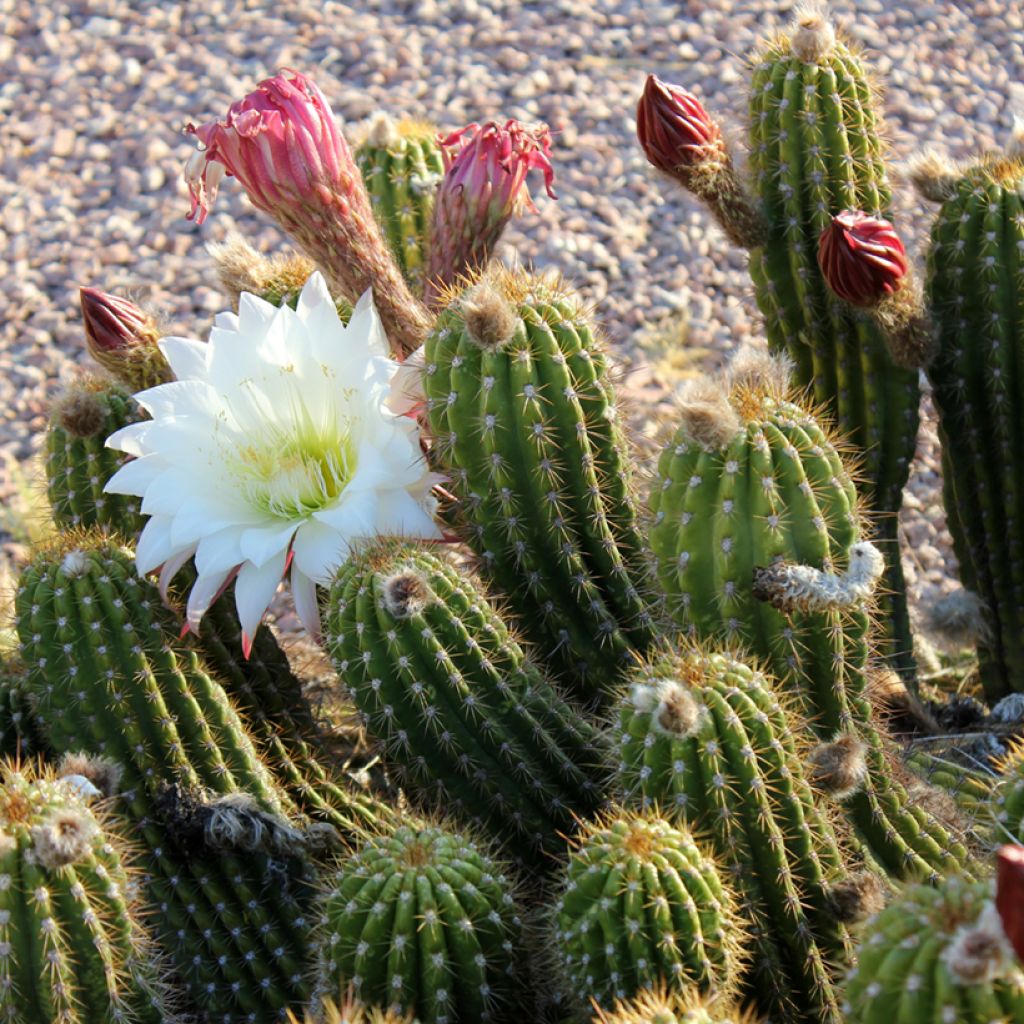

Stenocereus thurberi - Organ pipe cactus
Stenocereus thurberi - Organ pipe cactus
Stenocereus thurberii
Organ pipe cactus
This item cannot be shipped to the selected country
Delivery charge from €6.90
More information
Schedule delivery date,
and select date in basket
This plant carries a 30 days recovery warranty
More information
We guarantee the quality of our plants for a full growing cycle, and will replace at our expense any plant that fails to recover under normal climatic and planting conditions.
From €7.90 for pickup delivery and €6.90 for home delivery
Express home delivery from €8.90.
Description
Stenocereus thurberi, commonly known as the organ pipe cactus, is a columnar cactus notable for its slender habit and multiple vertical stems resembling organ pipes. Native to the arid regions of southern Arizona in the United States and northern Mexico, particularly in the state of Sonora, it is emblematic of the desert landscapes in these areas. In cultivation, it is prized for its unique aesthetic and ability to form imposing sculptural silhouettes.
Belonging to the Cactaceae family, Stenocereus thurberi thrives in arid and semi-arid environments, characterised by high temperatures and low rainfall. It grows primarily in the Sonoran Desert, straddling the United States and Mexico, where it coexists with other iconic species such as Carnegiea gigantea and Pachycereus pringlei. Its silhouette, composed of multiple columnar stems emerging from the base, allows it to efficiently capture light and minimise water loss. In its natural habitat, this cactus can reach a height of 5 to 7 metres, though its growth in cultivation is more modest, likely around 2 metres in pots. Its cylindrical stems, 15 to 20 cm in diameter, feature 12 to 19 prominent ribs, lined with regularly spaced areoles. These areoles bear rigid thorns, initially black before turning greyish with age. The compact arrangement of its ribs and thorns enhances its resistance to evaporation and extreme climatic conditions. The flowering of Stenocereus thurberi is nocturnal and occurs between spring and summer. It produces large funnel-shaped flowers, measuring 6 to 8 cm long, with a white to slightly pink hue. These flowers are specially adapted for pollination by bats, attracted by their sweet fragrance and abundant nectar. After pollination, the plant develops bright red round, 3 to 5 cm in diameter fruits covered with small flexible thorns. These fruits, called pitayas, have juicy, sweet flesh containing numerous small black seeds. Not to be confused with Asian pitayas, they are more akin to prickly pears. This cactus tolerates cool temperatures but is sensitive to prolonged frost, being hardy down to -4°C. The tips of its stems are particularly vulnerable to frost.
To cultivate Stenocereus thurberi indoors or outdoors in mild climates, it is essential to provide it with full sun exposure or a south-facing window and a well-draining substrate, ideally composed of a mix of cactus compost and coarse sand.
Stenocereus thurberi, an iconic columnar cactus of arid landscapes, pairs ideally with drought-resistant plants that highlight its slender silhouette. It complements other cacti like Echinocactus grussonii, or rosette-forming succulents such as agaves.
Report an error about the product description
Stenocereus thurberi - Organ pipe cactus in pictures


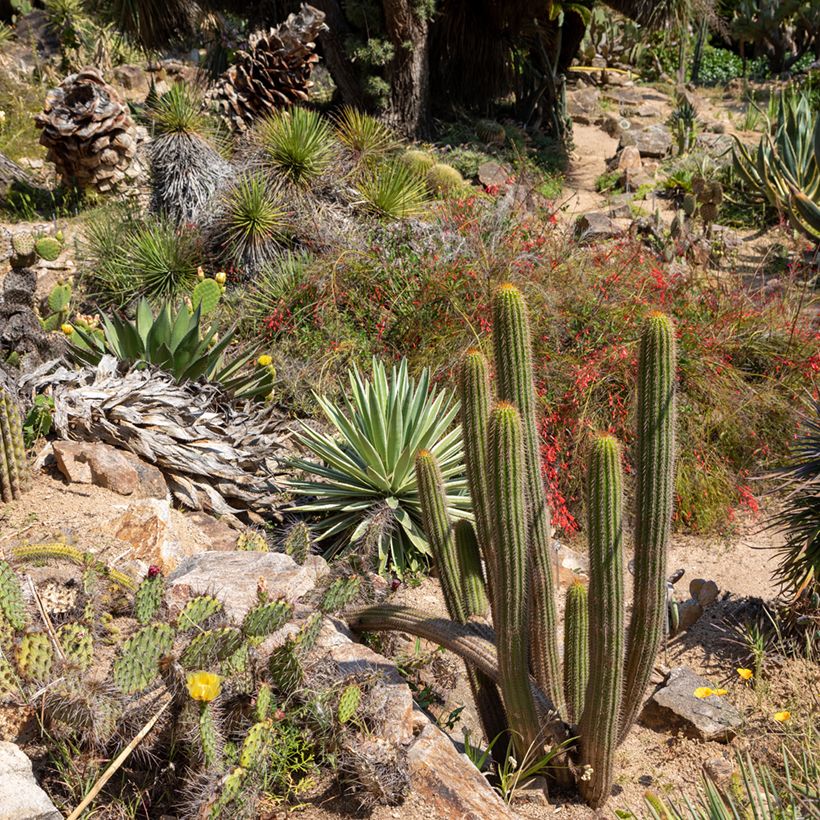

Foliage
Plant habit
Flowering
Botanical data
Stenocereus
thurberii
Cactaceae
Organ pipe cactus
North America, Central America
Safety measures
Other Indoor cacti and succulents
View all →Location
Location
Maintenance and care
Potting advice, substrates and fertilisers
Houseplant care
Disease and pest advice
Maintenance and care
This item has not been reviewed yet - be the first to leave a review about it.
Similar products
Haven't found what you were looking for?
Hardiness is the lowest winter temperature a plant can endure without suffering serious damage or even dying. However, hardiness is affected by location (a sheltered area, such as a patio), protection (winter cover) and soil type (hardiness is improved by well-drained soil).

Photo Sharing Terms & Conditions
In order to encourage gardeners to interact and share their experiences, Promesse de fleurs offers various media enabling content to be uploaded onto its Site - in particular via the ‘Photo sharing’ module.
The User agrees to refrain from:
- Posting any content that is illegal, prejudicial, insulting, racist, inciteful to hatred, revisionist, contrary to public decency, that infringes on privacy or on the privacy rights of third parties, in particular the publicity rights of persons and goods, intellectual property rights, or the right to privacy.
- Submitting content on behalf of a third party;
- Impersonate the identity of a third party and/or publish any personal information about a third party;
In general, the User undertakes to refrain from any unethical behaviour.
All Content (in particular text, comments, files, images, photos, videos, creative works, etc.), which may be subject to property or intellectual property rights, image or other private rights, shall remain the property of the User, subject to the limited rights granted by the terms of the licence granted by Promesse de fleurs as stated below. Users are at liberty to publish or not to publish such Content on the Site, notably via the ‘Photo Sharing’ facility, and accept that this Content shall be made public and freely accessible, notably on the Internet.
Users further acknowledge, undertake to have ,and guarantee that they hold all necessary rights and permissions to publish such material on the Site, in particular with regard to the legislation in force pertaining to any privacy, property, intellectual property, image, or contractual rights, or rights of any other nature. By publishing such Content on the Site, Users acknowledge accepting full liability as publishers of the Content within the meaning of the law, and grant Promesse de fleurs, free of charge, an inclusive, worldwide licence for the said Content for the entire duration of its publication, including all reproduction, representation, up/downloading, displaying, performing, transmission, and storage rights.
Users also grant permission for their name to be linked to the Content and accept that this link may not always be made available.
By engaging in posting material, Users consent to their Content becoming automatically accessible on the Internet, in particular on other sites and/or blogs and/or web pages of the Promesse de fleurs site, including in particular social pages and the Promesse de fleurs catalogue.
Users may secure the removal of entrusted content free of charge by issuing a simple request via our contact form.
The flowering period indicated on our website applies to countries and regions located in USDA zone 8 (France, the United Kingdom, Ireland, the Netherlands, etc.)
It will vary according to where you live:
- In zones 9 to 10 (Italy, Spain, Greece, etc.), flowering will occur about 2 to 4 weeks earlier.
- In zones 6 to 7 (Germany, Poland, Slovenia, and lower mountainous regions), flowering will be delayed by 2 to 3 weeks.
- In zone 5 (Central Europe, Scandinavia), blooming will be delayed by 3 to 5 weeks.
In temperate climates, pruning of spring-flowering shrubs (forsythia, spireas, etc.) should be done just after flowering.
Pruning of summer-flowering shrubs (Indian Lilac, Perovskia, etc.) can be done in winter or spring.
In cold regions as well as with frost-sensitive plants, avoid pruning too early when severe frosts may still occur.
The planting period indicated on our website applies to countries and regions located in USDA zone 8 (France, United Kingdom, Ireland, Netherlands).
It will vary according to where you live:
- In Mediterranean zones (Marseille, Madrid, Milan, etc.), autumn and winter are the best planting periods.
- In continental zones (Strasbourg, Munich, Vienna, etc.), delay planting by 2 to 3 weeks in spring and bring it forward by 2 to 4 weeks in autumn.
- In mountainous regions (the Alps, Pyrenees, Carpathians, etc.), it is best to plant in late spring (May-June) or late summer (August-September).
The harvesting period indicated on our website applies to countries and regions in USDA zone 8 (France, England, Ireland, the Netherlands).
In colder areas (Scandinavia, Poland, Austria...) fruit and vegetable harvests are likely to be delayed by 3-4 weeks.
In warmer areas (Italy, Spain, Greece, etc.), harvesting will probably take place earlier, depending on weather conditions.
The sowing periods indicated on our website apply to countries and regions within USDA Zone 8 (France, UK, Ireland, Netherlands).
In colder areas (Scandinavia, Poland, Austria...), delay any outdoor sowing by 3-4 weeks, or sow under glass.
In warmer climes (Italy, Spain, Greece, etc.), bring outdoor sowing forward by a few weeks.

































